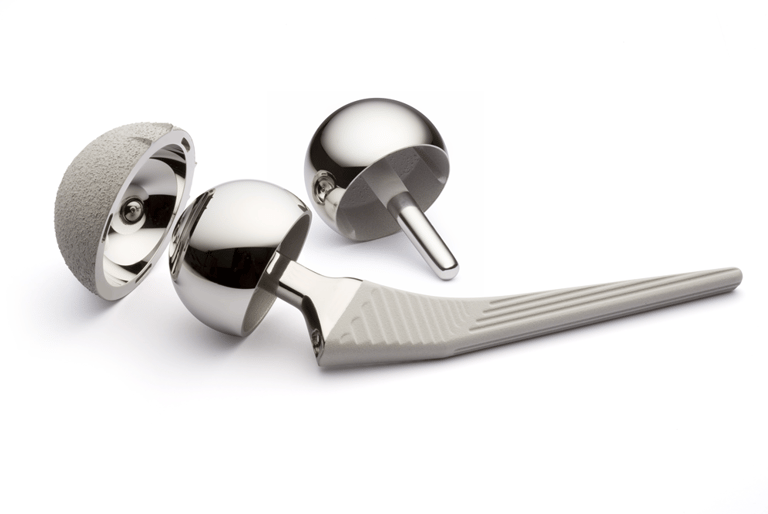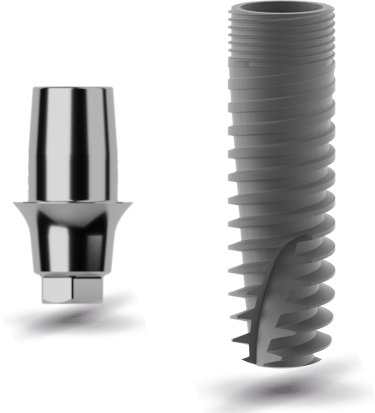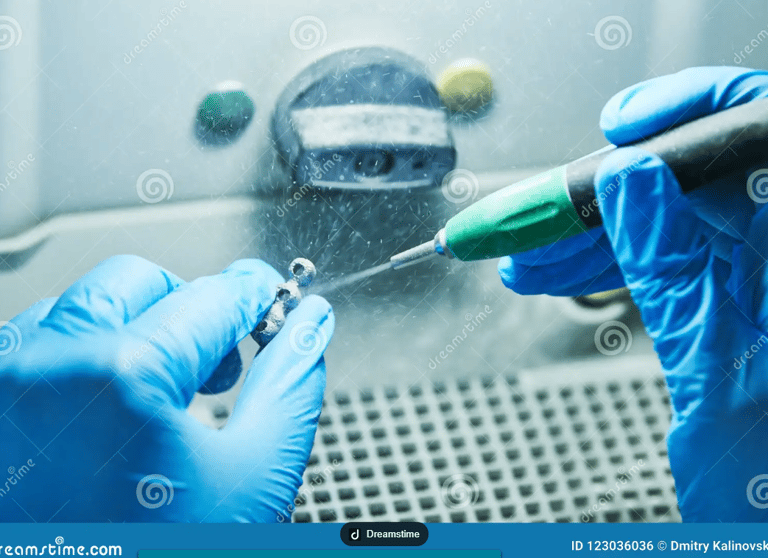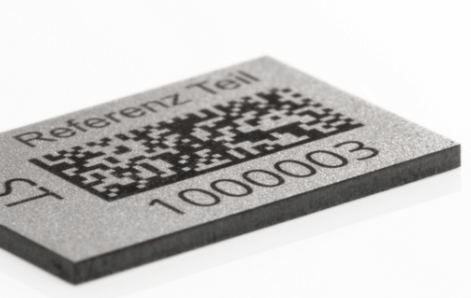Standard Surface Treatments
for Medical Implants and Instruments
Titanium anodization is an electrochemical process that modifies the surface of titanium by increasing the thickness of its natural oxide layer. Unlike traditional painting or coating methods, anodization creates interference-based colors without using any dyes or pigments. The resulting hues—from gold and blue to green, purple, and more—are produced purely by light refraction through the oxide layer, which varies in thickness depending on the applied voltage. This process is highly valued not only for its striking aesthetic effects but also for its functional benefits. Anodized titanium surfaces are more resistant to corrosion and wear, and the process is completely biocompatible, making it ideal for medical implants, dental components, aerospace parts, and high-end jewelry. Anodization is environmentally friendly, long-lasting, and allows for precise color control—making it a preferred choice for industries where both appearance and performance matter.
Titanium anodization


Overview
Titanium etching is a process used to modify the surface of titanium by selectively removing material through chemical, electrochemical, or laser-based methods. The purpose of etching is to create intricate patterns, textures, or designs on the titanium surface, enhancing both its aesthetic appeal and functionality. Etching is widely used in various industries, including electronics, medical devices, aerospace, and even jewelry design.
General Etching Techniques
The most common titanium etching methods include chemical etching, which uses acid solutions to selectively dissolve the surface of the metal, and electrochemical etching, which involves applying a current in a conductive solution to create precise patterns. These techniques allow for detailed, high-precision patterns and are ideal for applications where a fine level of detail is required, such as circuit boards or microfluidic devices.
Etching




Masking Etching Techniques
Masking etching is a widely used technique where a protective mask is applied to areas of the titanium surface to prevent etching in those regions. The unmasked areas are then treated with an etching solution or laser to create patterns, logos, or textures. This method is ideal for complex designs that require different etching intensities or highly intricate, multi-layered patterns. It also allows for faster processing times and is highly customizable, making it suitable for both industrial and artistic purposes.
Custom Etching Techniques
We are specialized in developing and executing custom etching recipes tailored to your specific needs. Whether it's for unique patterns, textures, or surface treatments, our team works closely with you to create the ideal solution for your project. We use advanced techniques to ensure precision, durability, and the desired aesthetic or functional outcome, providing a fully customized etching experience.
Sand Blasting
Sand blasting is a widely used method for cleaning, preparing, and texturing titanium surfaces. The process involves propelling fine particles of abrasive material, typically sand, at high velocity against the surface of the titanium to remove impurities, oxides, or old coatings and create a desired texture or finish. Sand blasting is an effective technique for both industrial applications and aesthetic purposes, providing a range of surface profiles that can enhance the material’s appearance and performance.
Benefits of Sand Blasting on Titanium:
Surface Cleaning
Surface Texturing
Enhanced Adhesion


Laser marking is an advanced and highly precise technique used to create permanent markings, logos, text, or intricate patterns on the surface of titanium. By using focused laser beams to interact with the titanium surface, this method offers unparalleled accuracy and the ability to produce high-contrast, durable markings without the need for inks, dyes, or contact-based methods.
How Laser Marking Works
During the laser marking process, a high-powered laser beam is directed at the titanium surface. The energy from the laser causes a reaction with the surface material, leading to a color change, engraving, or even etching. There are several types of laser marking techniques, including:
Laser Marking



